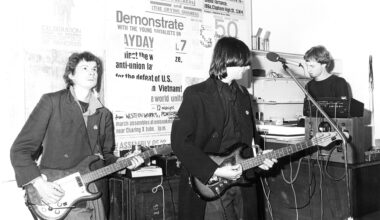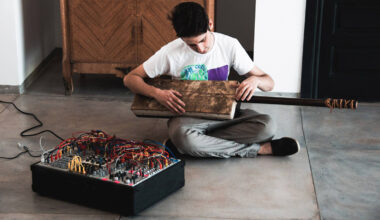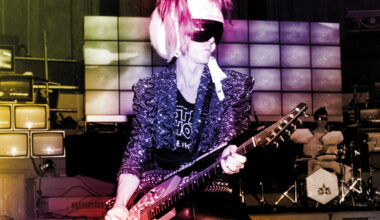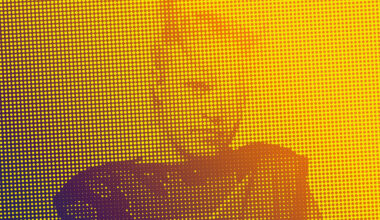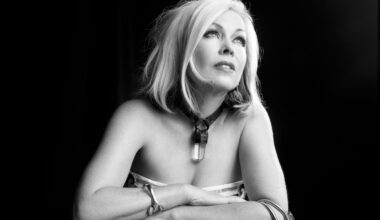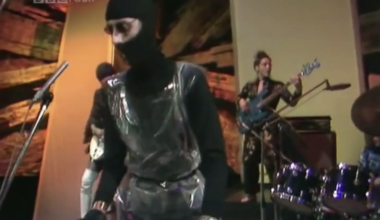Michael Rother explains how the 10-minute NEU! landmark track and krautrock blueprint ‘Hallogallo’ came together in the studio
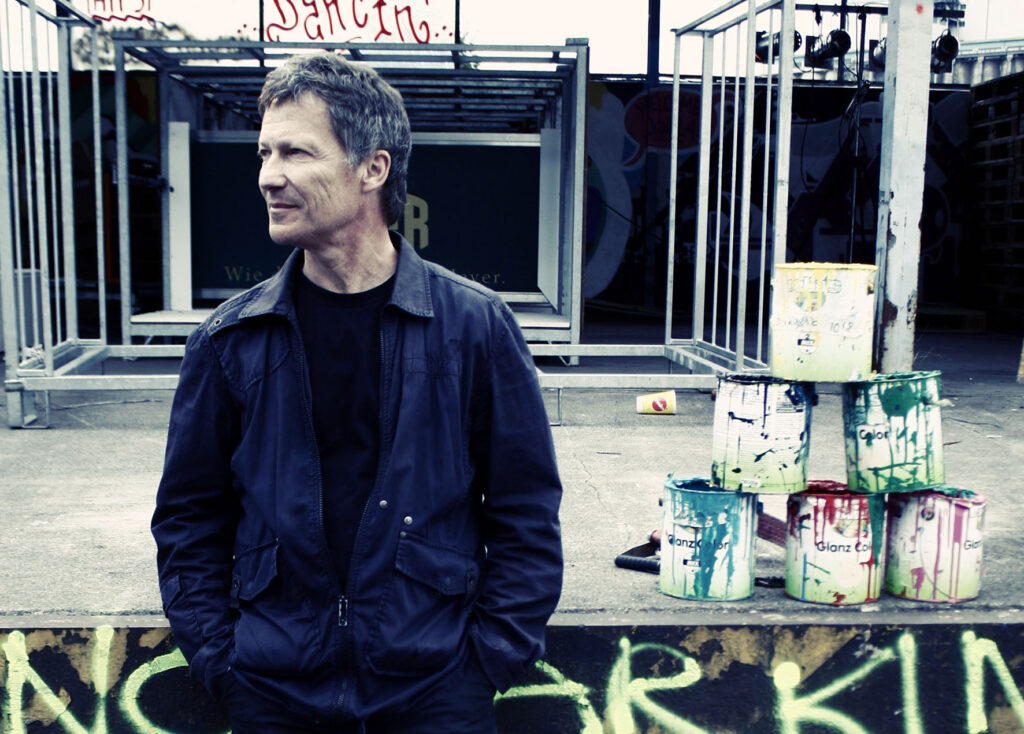
“Earlier that year [1971], Klaus Dinger and I had been a part of Kraftwerk with Ralf Hütter and Florian Schneider. Some of the concerts we played were really amazing, people went wild and I felt a real euphoria about it. But when we went into the studio to make a Kraftwerk album, we failed. We didn’t create that exciting music.
“Klaus and I felt that we agreed on a music, although we never talked about it. We agreed because of what we knew of each other. I knew Klaus was an amazing drummer, the most determined and powerful drummer I had ever met. As an artist he was very inspiring and I guess Klaus felt a lot of sympathy for my contributions on guitar. So we thought, ‘Let’s give it a try, just the two of us’, which was strange. I mean, Kraftwerk was mainly Ralf and Florian, although they did have drummers and other musicians on the first album, but we had this vision of the music we wanted to do.
“There was no chance to record any ideas at home. Nobody had sophisticated recording gear, just a mono cassette player, that was it, and so we talked to Conny Plank. He was a great guy, he was willing to share the risk with us. At the time, we wanted to avoid any influence from outside, so we paid for the production cost out of our own pockets. We booked the studio for four nights. To work at night was cheaper, so we took the night shift, and we did have to work very fast. There was no second chance. We didn’t have any more money. And we came up with that music. It was stressful, it was quite tough. The pressure, the studio clock ticking away, ‘OK, now we have only one more day… Now we only have another four hours and we have to get this done…’
“I remember it was dark. It was wintertime. I hardly saw the sun for the whole time. It was the same a year later when we recorded ‘Neu! 2’, because when we went into the studio, we worked always at night. When we went in, it was dark, and when we came out it was still dark, and then we slept, and when we woke up it was dark again [laughs]. I really love sunlight, I feel very dependent on brightness, and so maybe the lack of it made us create the sun in the studio.
“‘Hallogallo’ has this very optimistic ambience. It is one of the most optimistic tracks I know. It came as the result of having this idea of the ‘fast forward’ track. Klaus and I talked sometimes in pictures. We both had this idea of travelling down a straight road, with the sky changing, the clouds coming, different kinds of clouds, and that was the way we talked about the song – if we talked at all. That was my part, I added those colours, those melodies.
“Conny Plank had a big part in the creation of ‘Hallogallo’. I was in the studio doing overdubs when he decided to turn around the tape, so everything played backwards, and that really inspired me to add new melodies, and again when the tape was turned around in the right direction again. And the mixing, of course, Conny had this amazing ability of remembering all these elements that were spread over the tape, and to highlight them, to focus on them. That was long before computer-aided mixing was around. Conny was a very talented and creative guy.
“It was in the middle of the hippy days, but we were not like the hippy bands, fooling around on drugs, jamming for five hours and then just cutting out five of the good minutes and throwing away the rest. Later on, Klaus had a lot of problems because he took too many drugs. He was proud of it, he put it on his website that he had taken more than 1,000 LSD trips. At that time, Klaus thought I didn’t even drink alcohol, that I only drank tea or milk. He was mistaken, but during the making of ‘Neu!’ we were very focused and very concentrated on getting the picture together.
“Is there is any more material [from the Neu! recording sessions]? No, I’m afraid there is hardly anything.”
